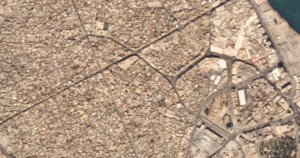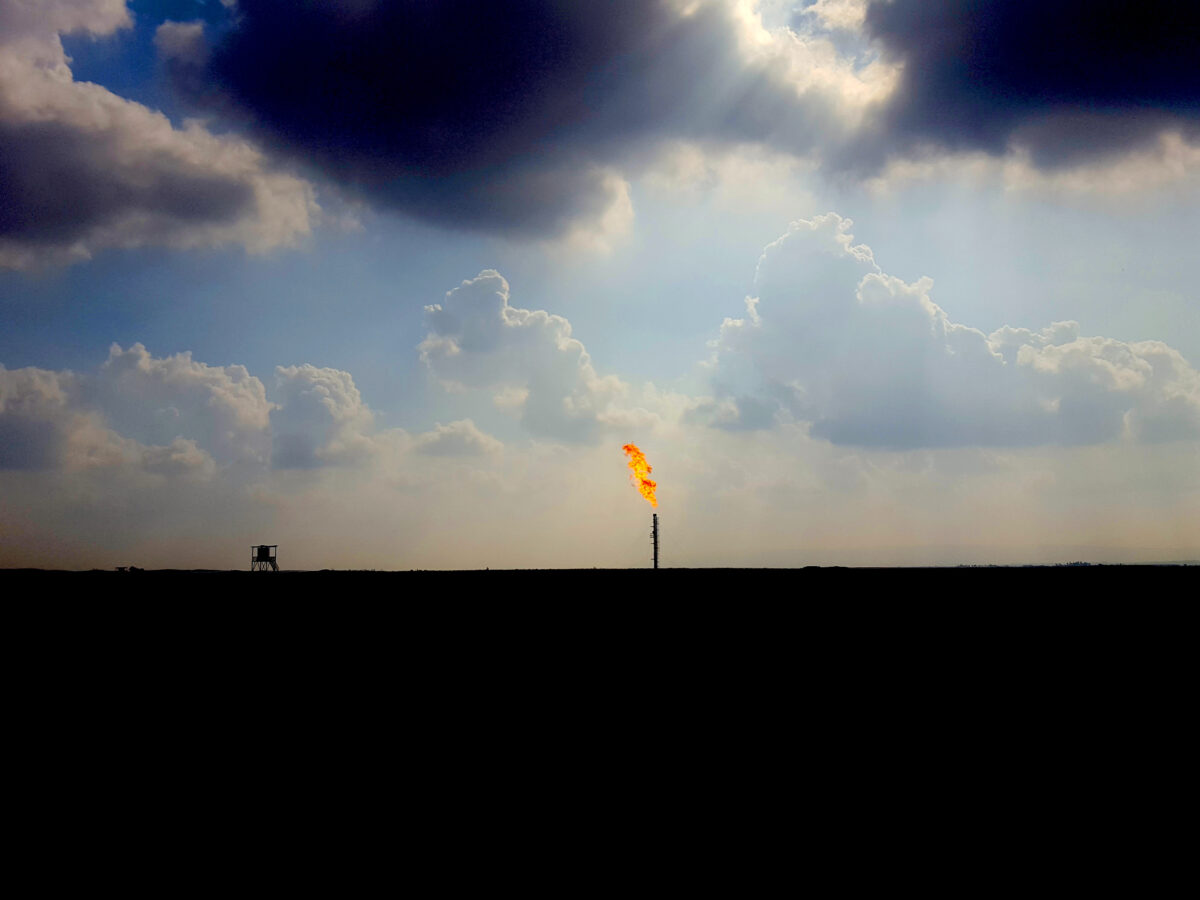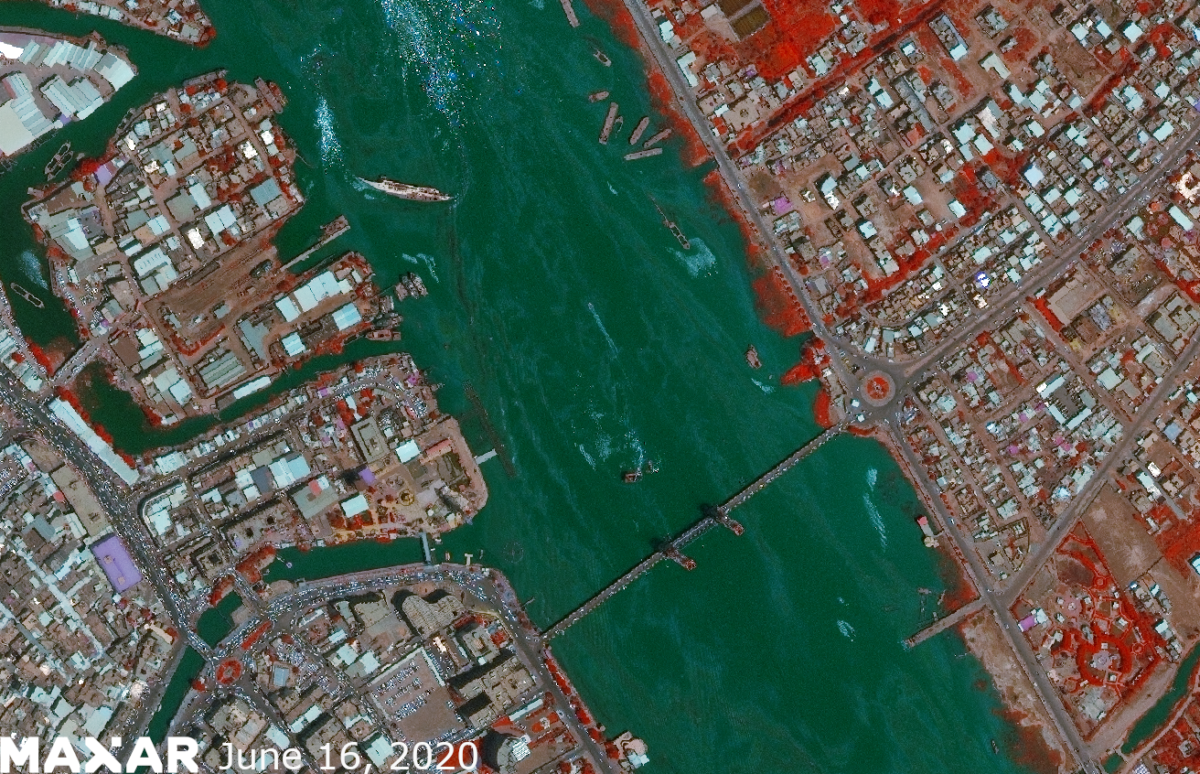Contrary to Reports, the Clock Church was not Destroyed in Mosul
Several international reports in April claimed IS destroyed the famous Clock Church in Mosul. The Iraqi Digital Investigation Team (IDIT) found the church is still intact.
An independent investigation by the Iraqi Digital Investigation Team (IDIT) of the Berlin based organisation Media in Cooperation and Transition (MICT) has found that the Hour Church in Mosul, known as the Clock Church, was not destroyed by Islamic State in May this year, contrary to reports in the Telegraph and other international media outlets which claimed the church had been blown up.
Eyewitnesses living in the al-Saa area surrounding the church confirm that the Christian place of worship is still intact. Residents also deny that Islamic State placed explosives in the church or nearby areas earlier this year.
Global media mistake
On April 24 2016, Iraqi and global media outlets, such as The Telegraph, Al Arab, Azzaman, Al Mada, said Islamic State (IS) blew up the Clock Church in Mosul. The story was not attributed to any sources. The outlets also reported that on the following Sunday morning, IS members surrounded the adjacent neighbourhood, known as al-Saa (the clock) – after the clock – and then planted a number of explosives in the church. Residents were then allegedly asked to evacuate nearby houses as the explosives were detonated. Photos showing a burning building were published. But a satellite image from after the reported destruction of the church proves the edifice is still standing.
A satellite image taken on 17/10/2016 by Planet shows that the church is intact. The church is located at the following coordinates.

Another satellite image taken on 19/09/2016 by Terraserver (after the reports of the Clock Church’s destruction) shows that the church is intact. Comparing the image with old images taken before IS controlled Mosul on June 10, 2014, reveals that the stone tower holding the clock at the top of the facade is the only missing part.
The church’s clock was paid for by Empress Eugenia de Montijo, wife of Emperor Napoleon III, in 1882 as a gift to the Dominican fathers. The clock was a gift for their efforts in providing treatment and distributing medicines and food to the people of Mosul, many of whom were killed by typhoid between 1879 and 1880. After it was opened in 1883, the church became the Dominican fathers’ headquarters. The Clock Church is one of 29 remaining 20th Century churches in Mosul.
Clock synchronized watches
The famous clock had four faces and its hands were set manually for more than a century before it was provided with an electronic system in the 1970s. The clock chimes could be heard at a distance of up to 15 kilometres away and most of the city’s residents used to set their watches based on the clock’s time.
IS media channels did not issue any statement or take credit for the destruction of the church. No media, political or religious body confirmed or denied the church’s obliteration. The (IDIT) team investigated using satellite images and field sources in Mosul and was able to confirm the church is still intact. Only the bell tower was destroyed by ISIS forces in February 2, 2015. A local resident said he also witnessed looting of Christian artifacts at the time that the bell tower was destroyed with explosives: crosses, icons and Christian symbols were removed. The eyewitness, who preferred to remain anonymous, says a car bomb in 2008 had already damaged the bell tower and clock.
Christians persecuted in Mosul
It seems the destruction of the Our Lady of the Hour Church in Mosul was absorbed from fiction to fact partly because of IS’ repeated persecution of Christians in Mosul in the last two years.
IS has taken many churches in and outside Mosul, including Dawwasseh, Muhandiseen, Arabi, Faisaliah, Qarqoush and Bartaleh as headquarters, barracks, Islamic courts or detention centres. Christians in these areas were offered three options: pay a religious tax, profess faith in Islam or depart leaving their property as booty. Most Christians decided to leave collectively and for the first time in two thousand years, there is no longer a Christian community in Mosul.
Church authorities in the Erbil Governorate in the Kurdistan region have not elaborated, citing a lack of accurate information coming from the IS-held city. IS has imposed a media blockade in Mosul since it occupied the city in 2014, killing and arresting media professionals, blocking the Internet and prosecuting activists.
Special thanks to PLANET.com for providing us with the satellite image.


